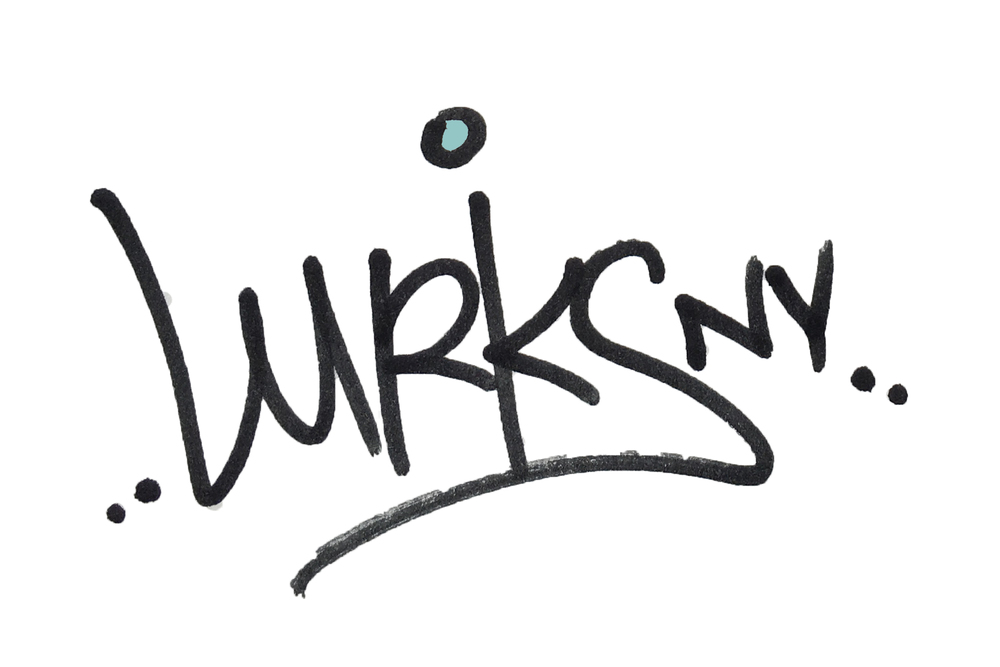With a new space in Brooklyn, The Madbury Club is living out a dream conceived in a dorm room.
By Josh Davis for Sweet. Photographed by Brayden Olson
Although it’s got major campaigns for companies like Sprint, Nike, and Native Shoes under its belt, The Madbury Club is more like a school group project gone amazingly right than it is an outright creative agency.
Based in New York City, the group consists of eight guys—photographers, videographers, graphic designers, and writers among them—assembled by Phillip Annand in 2010, when he was an American Studies major at Rutgers University. In Annand’s words, the group started out as “just some friends goofing off and making films, because someone had an idea and the tools were at our disposal.”
The Madbury Club was originally intended to be more of an editorial venture, documenting the life and times of eight wide-eyed, scatterbrained, even slightly goofy friends. But the group quickly shifted gears when, despite facing competition from bigger, more established creative agencies, they won a pitch to shoot campaigns for Footaction in 2011. Those companies had the resources to maximize their creative potential: spacious, floor-long offices, waiting rooms, conference rooms, and company cards. In contrast, The Madbury Club was largely just operating out of Annand’s college dorm room—it had high-speed internet, at least.
From the dorm room, the team moved to meeting at Annand’s family home in Lawrenceville, NJ, then to working (and, in part, living) in a three-bedroom apartment in Lower Manhattan. The team moved back to New Jersey after that, working out of an “an asbestos-laced room in a warehouse in Hoboken,” before finally deciding to create something that felt more permanent in September 2015.
After working out of dorm rooms and sketchy warehouses, The Madbury Club has a permanent home.
The result was .M158: the official office space of The Madbury Club—or, as Annand refers to it, “the passion zone.” In their new home, the guys have already designed an experimental photo lab for Nike, their own clothing line, and even a handmade custom, handmade birch desk with shelving space built into the legs.
The guys have plenty of room to think—and shoot around.
In other words, .M158 is part photo studio, part woodshop, and sometimes even an impromptu basketball court—seems the guys have finally found a clubhouse to call their own.







